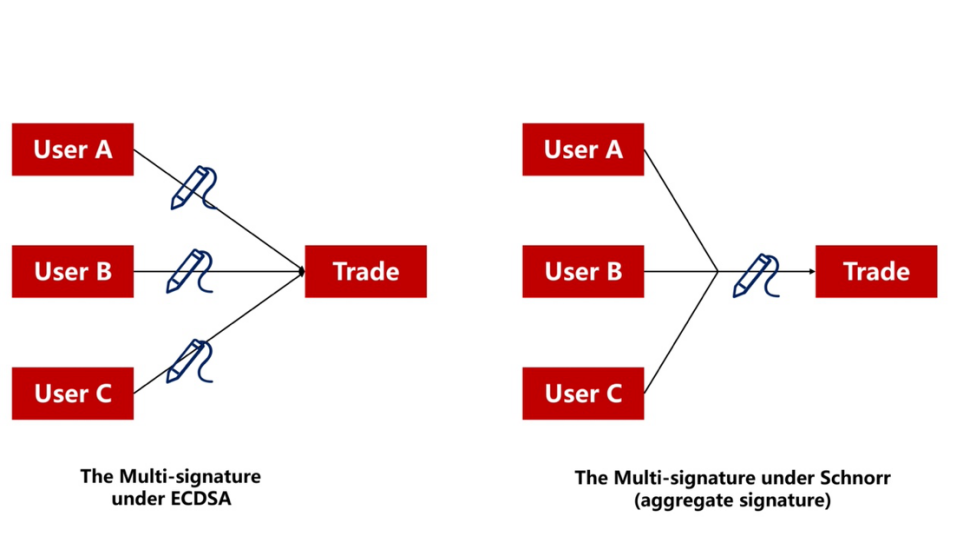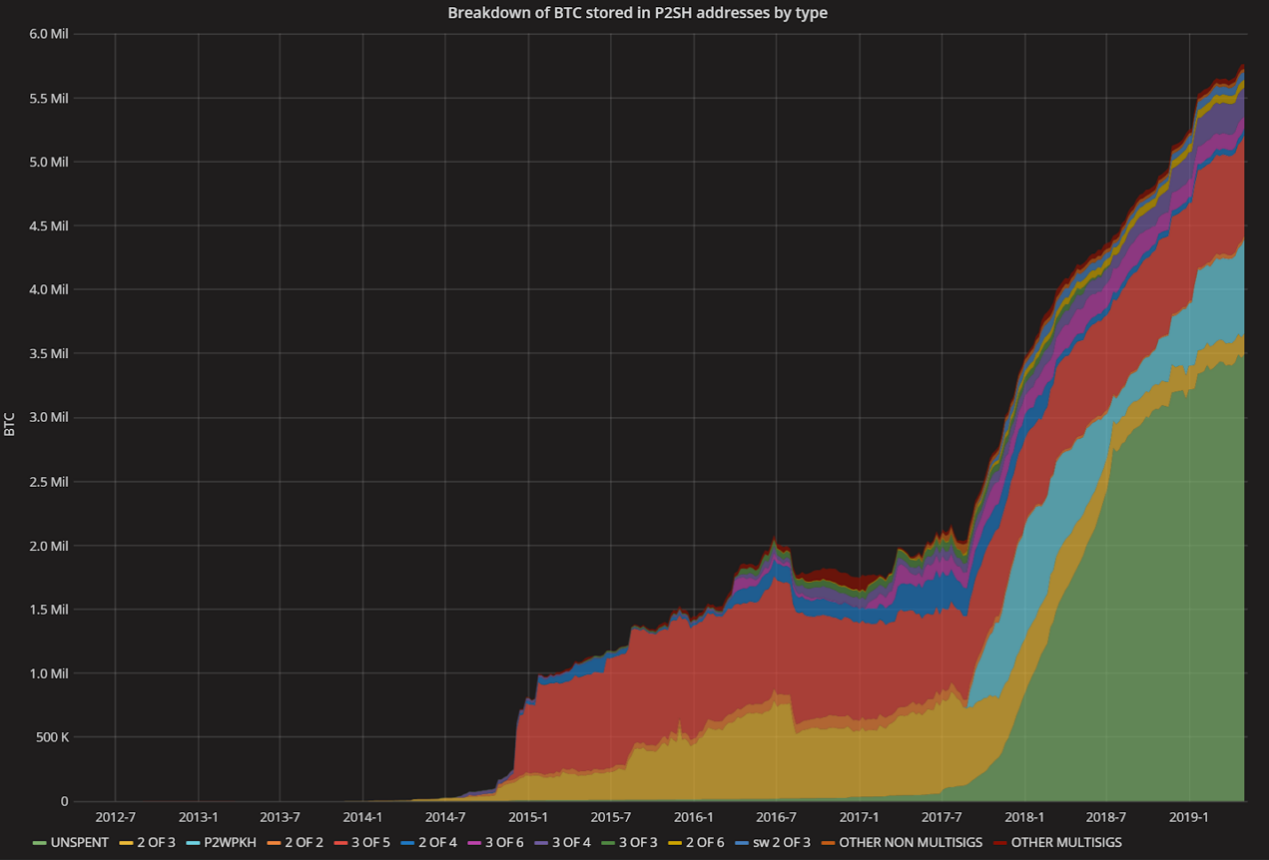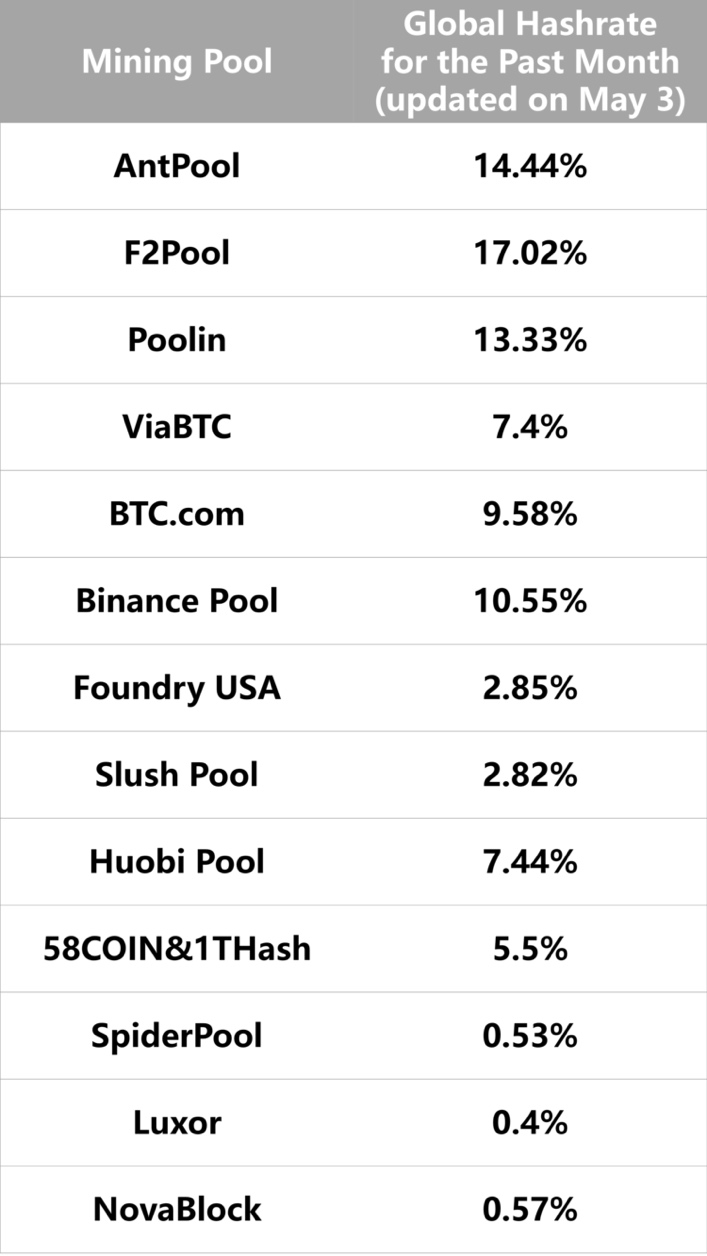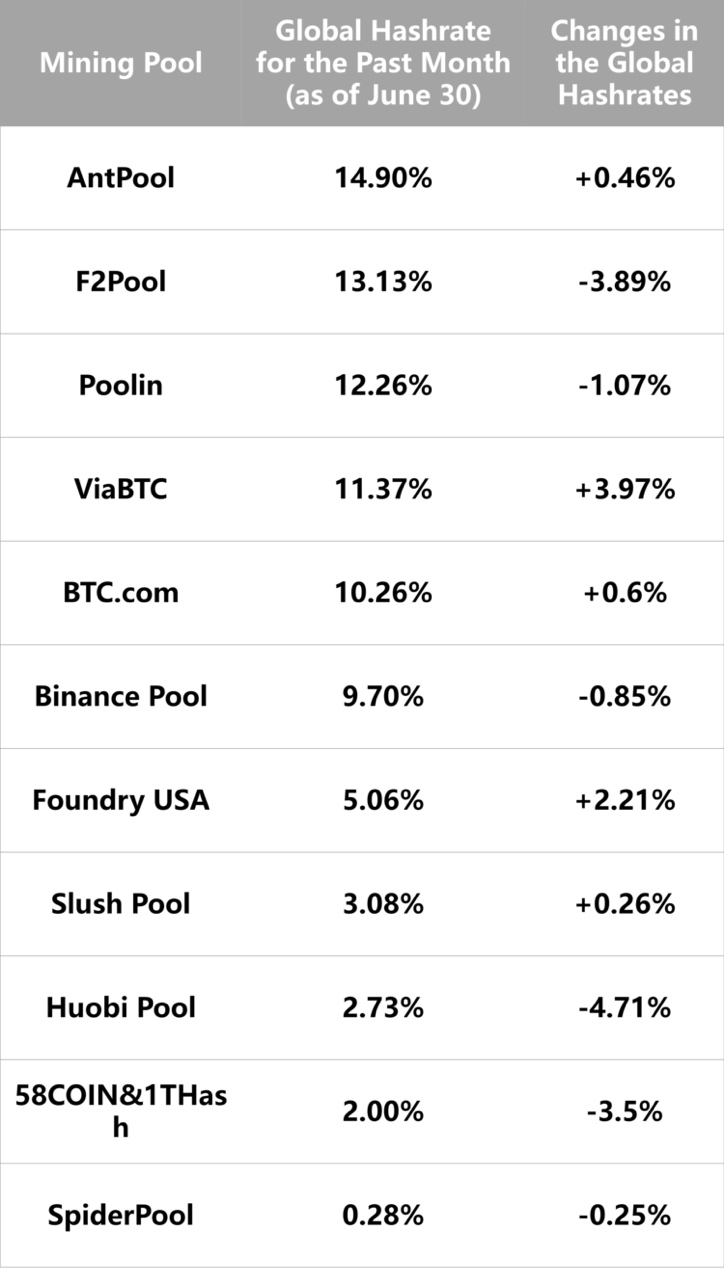Bitcoin’s Taproot upgrade will be activated in November 2021, after it got approved with the support of over 90% hashrate across the network on June 13. Compared with the widely discussed London upgrade that is scheduled by Ethereum to include EIP1559, the Taproot upgrade planned by Bitcoin, the world’s largest cryptocurrency by market value, seems too underwhelming to make headlines.
The Ethereum community has always been more technically aggressive, and aspires to grow into a more practical public chain platform. By contrast, the Bitcoin community is much more cautious about technical reforms in the cryptocurrency. Nowadays, many people still insist that Bitcoin should stay what it looks like. This attitude, therefore, has led to the divided opinion on the “bigger blocks” proposal, which turns out to be the trigger for the Bitcoin Cash (BCH) hard fork event.
In response to the congestion of the Bitcoin network that has plagued many users, the Bitcoin community tried to upgrade to the Lightning Network by activating SegWit. It is also looking for other solutions to improve the scalability and security of the Bitcoin network. The Taproot upgrade is composed of three Bitcoin Improvement Proposals (BIPs), i.e. Schnorr signature (BIP 340), Taproot (BIP 341) and Tapscript (BIP 342).

Schnorr Signature
The Schnorr signature technology is one of the main features of this upgrade. Satoshi Nakamoto adopted the ECDSA signature algorithm that was mature those days when Bitcoin was designed. But as the Schnorr signature technology is widely applied, the Bitcoin community began to consider replacing ECDSA with Schnorr.
If simplified into a common functional relationship, the linear Schnorr signature algorithm can be taken this way: f(x+y)=f(x)+f(y), which is a linear mapping relationship. The result of such operations is a valid signature corresponding to the same addition (or subtraction) of public keys. In the case of ECDSA, such a scheme does not work—subtracting or adding such digital signatures does not make sense.
Therefore, compared with the original ECDSA algorithm, the Schnorr signature algorithm can generate short signatures more easily and verify signatures more efficiently. Especially these days when there is a great demand for multi-signatures among users and companies, Schnorr allows users to "aggregate" multiple signatures into only one signature by obtaining many private keys from multiple signatures.

In the ESCDA algorithm, 5-of-5 multi-signatures are required in a transaction of five, for example. But only one aggregate signature is needed under Schnorr, thus reducing the burden of storage to some extent. Moreover, in ECDSA, the identity information can be obtained for free from multi-signatures, while in Schnorr, such information remains private, because the unique signature generated cannot reveal the information of the original single signatures.
Both the Schnorr signature algorithm and ECDSA are technically elliptic curve digital signature algorithms. That ensures compatibility with the existing public/private key generation mechanism after the upgrade, largely saving the cost for upgrade and migration.
Taproot vs. Tapscript
Compared with the original Bitcoin scripting logic, the Taproot structure, which is a form of the MAST (Merkel Abstract Syntax Tree) proposed by Bitcoin developers, strengthens privacy and can hide part of the script in Bitcoin transactions without revealing too many details when it is combined with the Schnorr signature technology. For example, you may identify whether a transaction uses multi-signatures at the moment, but can hardly do so under the Taproot structure.
As a upgrade supplementary to Schnorr and Taproot, Tapscript aims to better serve the Schnorr signature system by allowing batch verification of Schnorr signatures and improving the efficiency of Schnorr multi-signatures, so that the Schnorr signature technology can be better applied to Bitcoin.
Impact of Taproot Upgrade
The center of this upgrade is the upgrade of the signature algorithm. Schnorr signature improves the efficiency and privacy of multi-signatures. According to a Bitmex Research report, currently about 21.5% of Bitcoins are stored in multi-signature wallets, and multi-signatures have been increasingly applied.
 Breakdown of BTC Stored in Addresses by Type
Breakdown of BTC Stored in Addresses by Type
(Data source: Bitmex Research)
Ordinary users are not much aware of this upgrade of Bitcoin, so it has not been widely discussed so far. The Taproot upgrade reduces the number of signature bytes and the amount of transaction data by optimizing multi-signature transactions, thus reducing the cost of multi-signature transactions for users requiring multi-signatures. Moreover, the combination of the Schnorr signature technology and the Taproot structure makes most transactions of the Bitcoin network more private, and saves more room for complex transactions so that the limited block space can accommodate more complex transactions. This upgrade will be based on the original Segwit upgrade and better serve the existing Bitcoin multi-signature system.

Data source: https://taprootactivation.com/
Many top mining pools by hashrates including ViaBTC Pool have had the proposal approved by hashrates, with a whopping 90% yes vote. The proposal is scheduled to be activated this November. Despite the recent drop in hashrates among many top mining pools (excluding ViaBTC Pool and Foundry USA that have witnessed a significant increase in hashrates) due to policy reasons, mining pools with a supportive attitude still dominate.

Recent Changes in Hashrates of Supporting Mining Pools
(Data source: btc.com)
Despite its relatively slow pace in upgrading, Bitcoin remains the cryptocurrency with the world’s highest consensus, and it is also optimizing the crypto experience from the perspective of multiple user types. The upcoming Taproot upgrade will undoubtedly bring a better experience to a large number of institutional users with strong multi-signature needs.